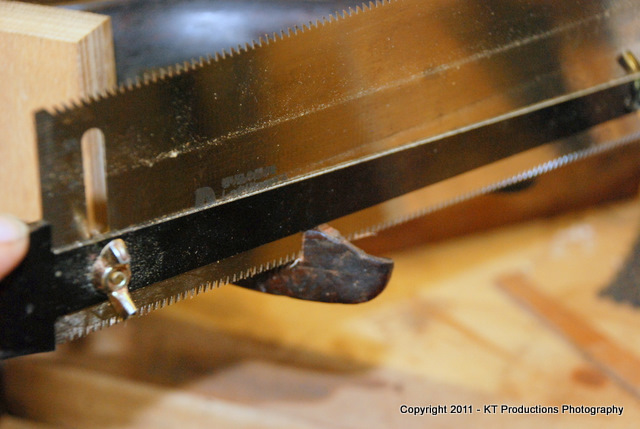I'm thinking how I can control the cut of depth accurately, as I dont really trust myself yet.
What i've done is just make a small stopper, robably 1cm wide, the length of the blade which I can slot the blade into. Then it can be moved up or down the blade to control the cut depth.
I remember saw something similar a while ago, which had a small hole going across the blade, so a stopper could be raised or lowered and then tightened. I'm thinking about trying to do this with my saw. I'd just like to check though, will cutting out very slim (i guess no more than wide 5mm) section across the blade have any effect on the cut the blade produces. I don't want to ruin it.
Thanks.
What i've done is just make a small stopper, robably 1cm wide, the length of the blade which I can slot the blade into. Then it can be moved up or down the blade to control the cut depth.
I remember saw something similar a while ago, which had a small hole going across the blade, so a stopper could be raised or lowered and then tightened. I'm thinking about trying to do this with my saw. I'd just like to check though, will cutting out very slim (i guess no more than wide 5mm) section across the blade have any effect on the cut the blade produces. I don't want to ruin it.
Thanks.


































